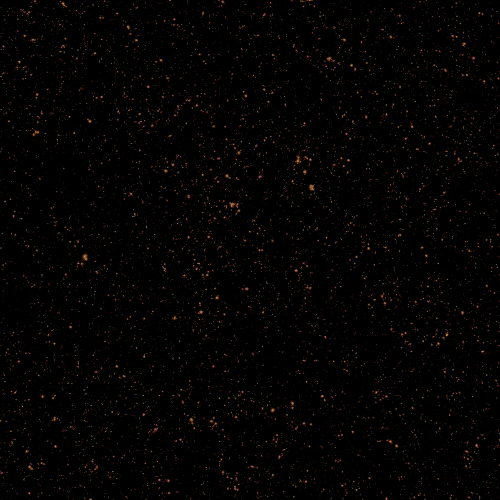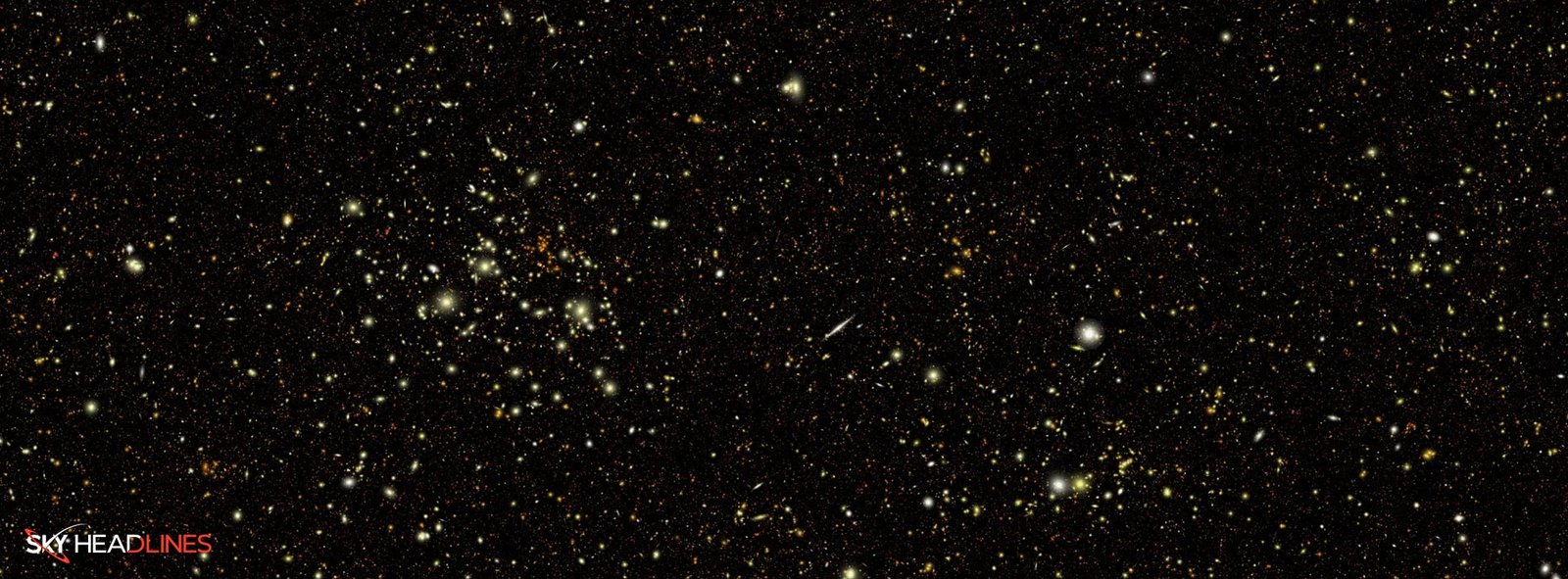A massive simulated survey has been developed by scientists, which provides insight into what can be anticipated from the future observations of the Nancy Grace Roman simulations Space Telescope. Even though this virtual version is only a bit of the actual survey that will take place, it comprises an enormous number of 33 million galaxies and 200,000 foreground stars in our galaxy.
So to clarify the point,
How utilizing the simulation can help the scientists?
By utilizing the simulation, scientists can strategize the most effective observing techniques, experiment with various methods to extract useful information from the vast amount of data gathered by the mission and investigate the potential benefits of conducting simultaneous observations with other telescopes.
An assistant professor of physics at Duke University in Durham, North Carolina “Michael Troxel” says: “The volume of data Roman will return is unprecedented for a space telescope”. Moreover, he said: “Our simulation is a testing ground we can use to make sure we will get the most out of the mission’s observations.”
Here is to know;
What role do the Rubin and Roman simulations employ?
The researchers used a mock universe, initially created to aid scientific planning for the Vera C. Rubin Observatory located in Chile, which will commence entire operations in 2024. The Rubin and Roman simulations employ the same source. So, astronomers can make a comparison between them to determine what they can gain by combining the telescopes’ observations. Once they are both actively surveying the cosmos. Troxel has led the paper detailing the findings. And scientists have approved it for publication in The Monthly Notices of the Royal Astronomical Society.

Term to know,
What is Cosmic Construction?
The High Latitude Wide Area Survey of the Roman Space Telescope will include imaging and spectroscopy, with the former being the primary subject of the latest simulation. Spectroscopy gauges the intensity of light emitted by celestial objects at varying wavelengths. In contrast, Roman simulations imaging will expose the exact locations and forms of countless faint galaxies utilized for charting dark matter. Although invisible, astronomers can deduce its existence by observing its influence on ordinary matter. Scientists will employ both techniques over an immense stretch of the universe.
The presence of mass bends the structure of space-time, with larger masses producing a more significant impact. Scientists called this phenomenon as gravitational lensing. Whereby light emanating from a remote source is distorted when it passes through intervening objects. When the things causing the lensing are massive or clusters of galaxies, it can alter or appear as background sources as multiple images.

Let’s come to the point,
What is weak lensing?
Objects with less mass can generate more subtle effects, known as weak lensing. The Roman simulations Space Telescope will be capable of using weak lensing to detect how dark matter clusters affect the appearance of remote galaxies. By observing these lensing effects, researchers can expand our understanding of dark matter by filling in the gaps in our knowledge.
A physics professor at Ohio State University in Columbus and a co-author of the paper is “Chris Hirata”. He says: “Theories of cosmic structure formation make predictions for how the seed fluctuations in the early universe grow into the distribution of matter that can be seen through gravitational lensing”. Moreover, he says: “But the predictions are statistical in nature. So we test them by observing vast regions of the cosmos. Scientists will optimize Roman, with its wide field of view, to efficiently survey the sky. It will complement observatories such as the James Webb Space Telescope that are designed for deeper investigation of individual objects.”
Ground and Space
The simulated survey of the Roman Space Telescope encompasses an expanse of 20 square degrees in the sky, which is roughly equivalent to the size of 95 full moons. When the scientists conduct the actual survey, it will be a hundred times larger, revealing over a billion galaxies. Meanwhile, the Vera C. Rubin Observatory will survey an even broader section, spanning 18,000 square degrees, almost half of the entire sky. However, it will possess lower resolution as it must penetrate Earth’s turbulent atmosphere.
Pairing the Roman and Rubin simulations presents an opportunity for researchers to attempt the detection of identical objects in both sets of images, a previously unattainable feat. This is significant because ground-based observations frequently lack the resolution to distinguish multiple closely situated sources as distinct entities. At times, they may merge, adversely affecting weak lensing measurements. Scientists can now determine the difficulties and advantages of “deblending” such objects by comparing Rubin’s images with Roman images.
Here arises the question,
How will Roman simulations extensive perspective of the cosmos enable astronomers?
Roman’s extensive perspective of the cosmos will enable astronomers to achieve much more than the survey’s original objectives. Such as studying the evolution and structure of the universe, charting dark matter, and differentiating between leading theories that seek to explain the accelerating expansion of the universe. With the new synthetic Roman data at their disposal, researchers can preview additional scientific breakthroughs. It will stem from acquiring a highly detailed view of such a vast region of the universe.
The senior project scientist for the Roman mission at NASA’s Goddard Space Flight Center in Greenbelt Maryland is “Julie McEnery”. She says: “With Roman’s gigantic field of view, we anticipate many different scientific opportunities. But we will also have to learn to expect the unexpected,”. Moreover, she says: “The mission will help answer critical questions in cosmology while potentially revealing brand new mysteries for us to solve.”





